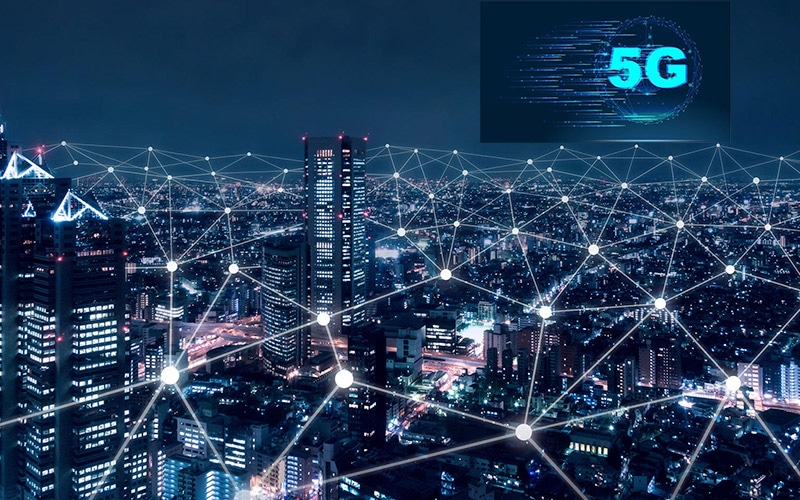The health consequences of radiation from 5G are being debated, however one study has suggested the connection between RF radiation and the development of cancers in male rats. The study was classified before it was removed in 2012 by the Central Intelligence Agency, but it has proven that radiofrequency may be a cause of cancer for animals and even humans. In the study, researchers subjected male animals to radiation for a period of 15 days. They found that they developed the same kinds of cancers that humans develop.
Health effects of radiation from 5G
The rapid expansion of wireless communications has led to the development of 5G systems There are increasing concerns regarding the health effects of the radiation from 5G. While the higher frequencies may not penetrate the body as deeply as the older technology, researchers have identified potential health effects that are systemic and have called for more research. To ensure that the population is protected, there is a need for the European Commission is requesting independent studies to determine if the technology could pose any health risks.
does 5g emit radiation is important to note that there's a large amount of misunderstanding about the health effects of 5G, and it is vital to clear any doubts that remain. While the technology is not yet widespread but there are a lot of people who are being told that it could cause health issues mostly via social networks, where hyperbolic language is used.
Beamforming technique
Beamforming is among the most vital technologies in five-G networks. It is a technique which makes use of several radiating elements to produce narrow beams. The purpose of beamforming is to reduce the amount of unwanted radiation that is in the signal that results. This method is widely employed in wireless communication systems, and is essential for 5G's cost-effective coverage.

This method works by electronic weighting of the individual signals from each antenna. This produces an extremely narrow beam of radiation that improves cell coverage indoors and around the edges of cells. This is crucial as poor coverage can cause lower user satisfaction. Along with improving the signal beamforming can help reduce the amount of noise a user encounters from other devices.
Power density
The power density of 5G electromagnetic radiation coming from cellphone towers is comparable to that of previous generations of 4G and 3G systems. The reason for the lower power is the electrical components' sensitivity. The maximum radiation output for the 2G handset was around 2 Watts, whereas that of 4G phones was approximate 200 milliwatts.
The power density is a measure of the amount of electromagnetic energy that can be absorbed into the body from a particular distance. Power density for 5g radiation is typically expressed in watts per square metre. Contrary to the SAR measurement, power density is a measure of the amount of electromagnetic energy within the space. The power density limits are different for mobile devices and wearables according to their operating frequencies and distance.
Specific absorption
The Specific Absorption Ratio (SAR) is an measure which measures the speed at which a particular frequency deposits power into human tissues. In general, the SAR number should not exceed two Watts per kilogram of body mass. The SAR value is calculated through the electrostatic field in tissues as well as the mass density, which is measured by kilograms of mass per cubic meter. The method was recent used to determine the antenna design.
The new radio technologies which comprise 5G operate in frequencies below 6 GHz. These frequencies are known as millimeter waves. However, according to 5g radiation symptoms applies to frequencies that are up 6-GHz. Furthermore to this, the SAR test demands that measurements be conducted using phantoms that contain tissue simulating medium.
Health effects on skin
At present, we have no information on the health effects of 5G radiation in the body. Our knowledge of the subject is inadequate due to the lack of experiments in vivo and theoretical models. There is however an urgent need for further studies on the effects of 5G radio frequency radiation on the human skin. does 5g emit radiation of 5G radio frequencies could cause skin damage specifically to the epidermis, very sensitive.
In contrast to 4G, 5G radiation is a high frequency which has been proven to heat human body tissues. Human bodies are dipolar, and the higher frequency of 5G radio waves can cause heat to the skin. The exposure to radio frequencies from 5G could be detrimental to other organs of the body, including the brain.
